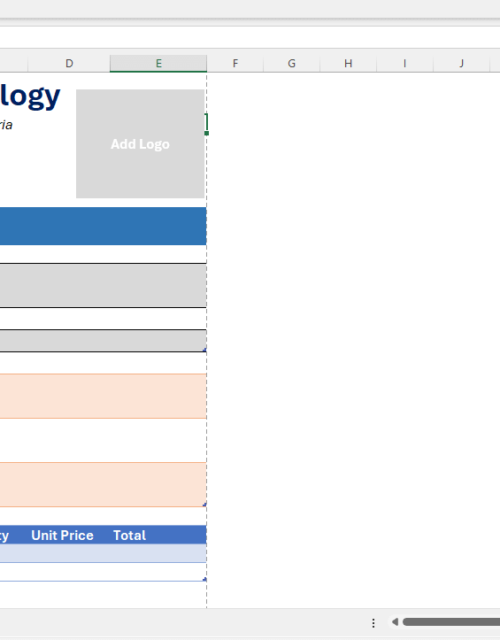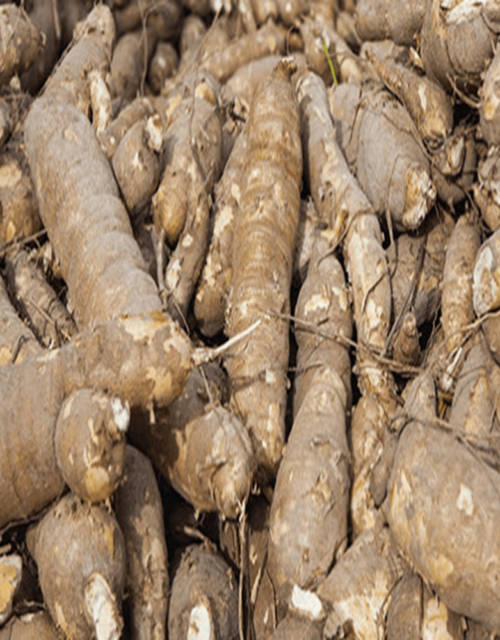This research discussed on The Anatomy And Physiology Of Desmodium Ramosissimum (G. Don) As A Phytoindicator And Phytoremediator On Crude Oil Polluted Soil.
In order to know the capacity of Desmodium ramosissimum species to grow and replenish in crude oil-polluted soil, an experiment was carried out. Two weeks after planting, the number of leaves, plant height, stem girth, and leaf area were evaluated bi-weekly. Heavy metals (Copper, Nickel, Lead, and Cadmium) concentrations of crude oil contaminated soils were determined for 16 weeks after planting.
Also, phytochemical constituents of the plant and changes in anatomy in the vegetative parts of the plant were examined. The mean values of the growth parameter obtained were higher in control soil (0%) and then progressively decreased in 1 – 4% crude oil-polluted soil. The crude oil pollution had a significant (P£0.05) effect on leaf area, the number of leaves, plant height, and stem girth, but significant (P£0.01) only on leaf area and plant height.
The plant accumulated heavy metals in its vegetative parts. Lead accumulated more in the root and leaves followed by Copper, Nickel, and Cadmium, while the higher amounts of copper (48 mg/100 g) and Nickel (26.2 mg/100 g) were left in the soil 16 weeks after planting. Those plants in polluted soils (1 – 4%) exhibited greater sinuosity in their epidermal cell walls compared to those in controls (0 %). Also seen were oil droplets in the ground tissues of the contaminated plants.
The presence of phytochemicals like alkaloids, flavonoids, saponins, and tannins mostly observed on the leaves and the uptake of the heavy metals by the vegetative parts of D. ramosissimum and their changes in anatomy in response to oil pollution were discussed in the light of their possible economic value and use in phytoremediation and phytoindication of crude oil polluted soils.
Other Research Works you may consider:













